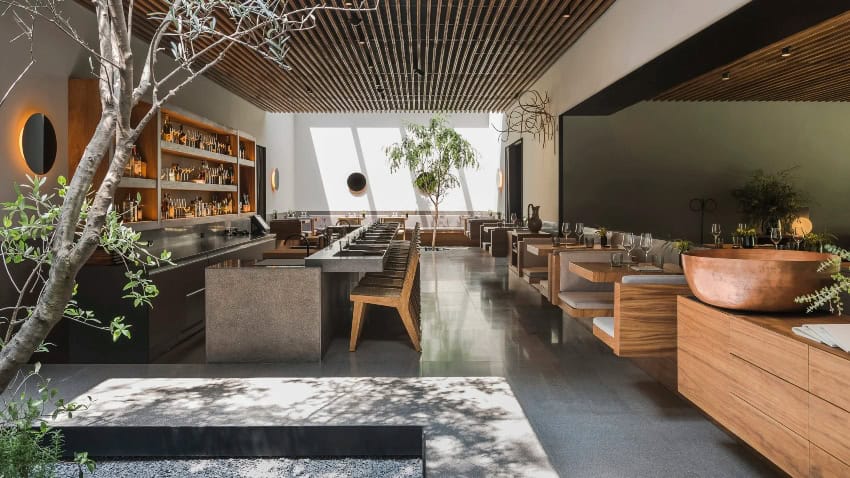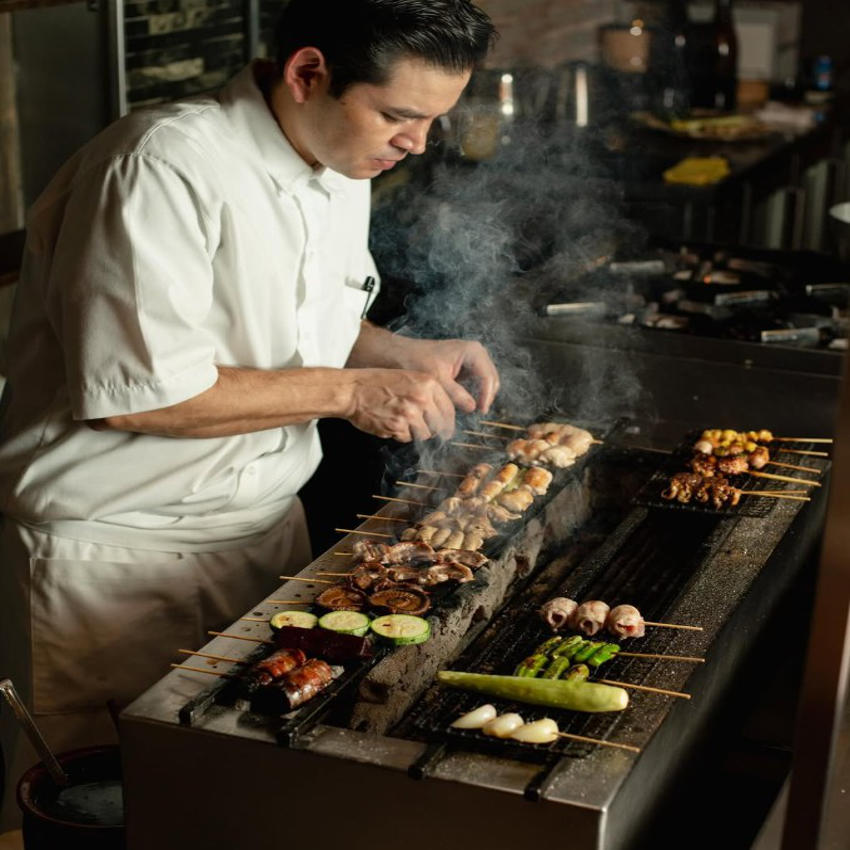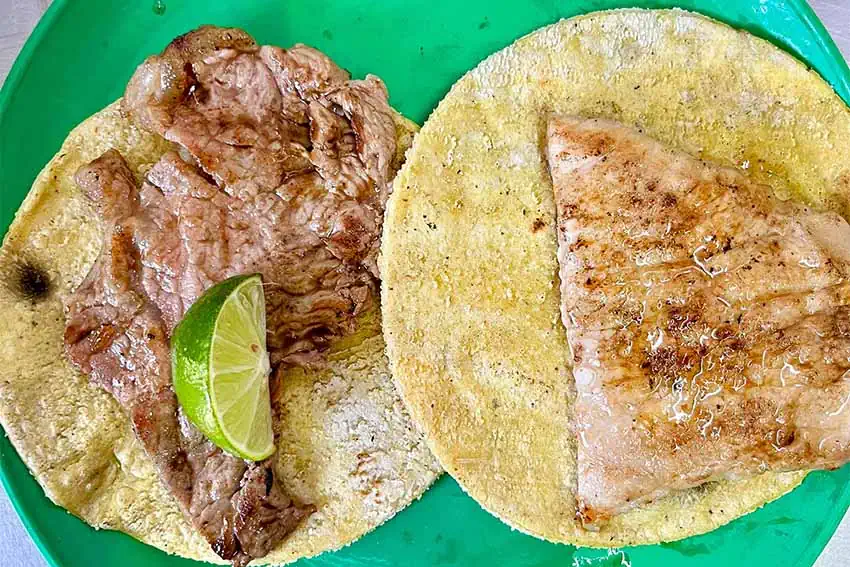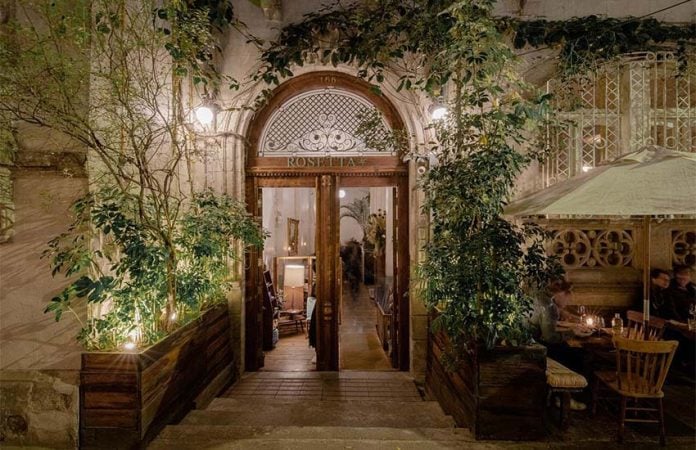The recent article in The New York Times titled “What Happened to Mexico City’s Food Scene: Americans,” beyond being dramatic and clickbait-y, was also a misinformed and oversimplistic report on a very complex and complicated world capital. While the actual writing was more balanced than the title would lead readers to believe, it still espoused some faulty ideas about the Mexico City food scene and thus deserves an on-the-ground response to some of its claims.
There are several problematic assumptions in this piece, starting with the glaringly inaccurate statement that “whole swaths of Mexico City’s food scene — a point of immense pride — have been remade in the American image.”
A simplistic assessment that completely misses the mark

Over the past several decades, Mexico City has evolved into one of the world’s premier food cities, largely due to the creativity and experimentation of young chefs, both foreign and Mexican, who have pushed the boundaries of culinary expression to create a diverse range of dining experiences. This has meant that alongside traditional fondas and taquerías, there are now fine dining restaurants, tasting menus, quirky bistros and French-style bakeries that blend flavors from around the world. A majority of them are on the streets of the city’s trendiest neighborhoods, like Roma and Condesa, Juárez and Polanco.
This isn’t new for a major world city that has become increasingly lauded for its food scene. The biggest names in Mexico City’s culinary world — including Elena Reygadas, Enrique Olvera, Mónica Patiño and others — have trained abroad and brought back techniques and dishes that they have integrated with Mexican ingredients and flavors to produce entirely new concepts. Dishes that 30 years ago would have been unheard of here. Chefs and restaurateurs from around the world have rushed to open outposts serving the city’s food-obsessed residents.
The article’s description of a scene in the trendy Condesa neighborhood, instead of reflecting a hollowing out of the local cuisine, is the result of the multifaceted tastes of both Mexicans and foreigners shaping their city into something that is wildly contrasting and exciting:
“A New York pizzeria with the punk-rock feel of a Brooklyn institution like Roberta’s. Interspersed between street vendors stirring guisados or pressing squash blossoms into quesadillas is a contemporary Jewish deli whose everything bagels are plopped into paper bags.”
This quote references U.S.-style establishments, but there are also omakase menus, Middle Eastern kebab shops, eateries selling pho and udon and Spanish tapas bars. While this may not be everyone’s version of “authentic Mexico City,” it is a boon to the many diners (both Mexican and foreign) who now enjoy the capital not only for the street tacos and fondas, but also for incredible fine dining at traditional cocineras and from hotshot new chefs.
Holding Mexico City to a unique standard among world cities
It’s not all amazing. Like any food scene, there are mediocre chains, tasting menus that prioritize presentation over flavor, and people who start passionless restaurants just to turn a profit. There are also wildly expensive dining experiences and sectors of the local population priced out of high-end restaurants and cocktail bars.

But in the same way that New York and London are famous for their world cuisine, Mexico City is becoming known for having a little bit of everything. What some of us would say is the glorious result of a world where people can move from country to country and bring their cooking with them.
There is a case to be made for the effects of globalization or capitalism on local dining, as well as the class politics that surround food in general, but placing the blame (or honor) of the city’s changing food squarely on the shoulders of pandemic-era digital nomads is outlandishly simplistic.
“This city is a monster, but also so agile in its manner of reinventing, transforming and recreating itself. Anyone who thinks that the city will lose some kind of identity by this new wave of world cuisine doesn’t understand that,” says Edo Nakatani, chef and owner of Fideo Gordo, a casual spot featuring Asian noodle dishes that incorporate local ingredients. He should know, his family is part Japanese, part Spanish and part Mexican. Which is to say, he always had a mix of flavors and ingredients at the dining table growing up.
Edo has spent time digging into his roots, traveling the world in search of flavors, and searching the city as well. He’s a great example of a local chef who has incorporated all his favorite cuisines into dishes that surprise and delight diners.
New York isn’t the only city that’s multicultural
This recent article repeats the refrain of a previous The New York Times piece claiming that the city’s salsas have become bland at the behest of foreign eaters. While the quoted restaurateurs may have adjusted the heat of their salsas, they are in the minority. Most stands and restaurants continue to produce fiery condiments and, as they have forever, at least one salsa that is less so… because, as rare as it might sound, there are also Mexicans who are less tolerant of spice.
For visitors looking for traditional cooking, spicy salsas and traditional ingredients, there are thousands of places that can fulfill that desire. It may be a matter of getting outside of the aforementioned neighborhoods and exploring the 1,808 other colonias in this megalopolis. Or you may have to veer from the Michelin guide and other “foodie lists” and surprise yourself with a chance culinary encounter.

The danger of this line of journalism is that it further exacerbates the us vs. them, foreign vs local (which is a slippery concept in and of itself) dichotomy instead of embracing the multiculturalism of a city whose historical culinary influences are too many to count. As demonstrated in Mexico News Daily’s ongoing series about immigrant communities and their food, this city has been a culinary melting pot for generations.
Trumpismo and the politics of attacks on Mexico
The piece did get one thing right. Tensions with the neighbor to the north have a long history, made worse by the current administration’s horrific rhetoric and deportations of Mexicans and other immigrants from the United States. But there have also long been U.S. transplants residing in Mexico City, and likewise modern Mexicans living north of the border (since much of the western United States once was Mexico, the border crossed the people instead of the other way around). These communities are connected by culture, food and family ties that have created an indelible link between the two countries. This kind of simplistic, “parachute journalism” adds to the friction instead of celebrating a cultural tapestry.
Particularly painful is the idea that “Mexico City’s food scene is at its most boring moment in history,” as claimed by an interviewee. That statement brushes aside the incredible expansion of food and flavor that this city is experiencing right now and takes away agency from diners, chefs and cooks of all stripes, restricting them to “traditional Mexican food.” Which, while extraordinary, is not the only thing that chilangos want to eat.
Lydia Carey is a freelance writer and translator based in Mexico City. She has published extensively both online and in print, sharing her insights about Mexico for over a decade. She lives a double life as a local tour guide and is the author of “Mexico City Streets: La Roma.” Follow her urban adventures on Instagram and see more of her work at mexicocitystreets.com.
